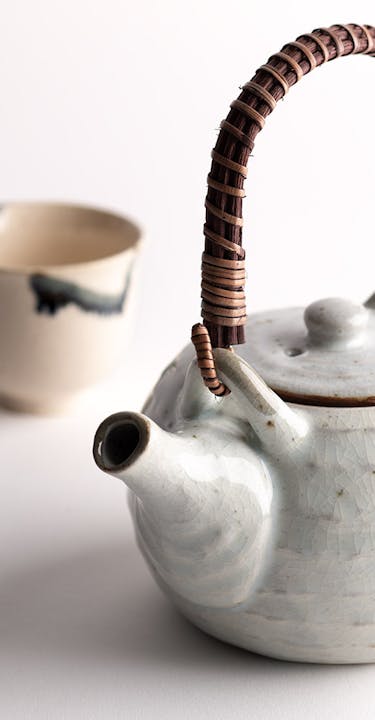The art of sandstone in Japan

The art of ceramics was initiated in Japan from the 13th century and among the different techniques largely inspired by Chinese know-how, stoneware work developed at the beginning of the 16th century. Today, still popular with consumers in the archipelago, the numerous fire workshops are often family-run and produce everyday objects that appeal to more consumers and tea lovers around the world every year.
Sandstone objects develop a particular aesthetic which can be presented in a simplified manner in two terms “wabi” and “shibui”, roughly translatable as “austerity” and “sobriety”. Sandstone is particularly chosen for its simplicity and its often-natural appearance which invites us to reconnect with nature. It is always clay shaped by hand or on a wheel and then fired with pine wood in horizontal (tunnel) kilns, which glow at around 1300 degrees Celsius. The porous material that is stoneware is made waterproof – often through a second firing – thanks to a covering which reveals finishes with renderings of textures and natural materials which recall elements of nature (moss, stone, wood).
Sensitive to this aesthetic and this know-how, we have selected a few objects, which will embellish your daily moments of consumption.